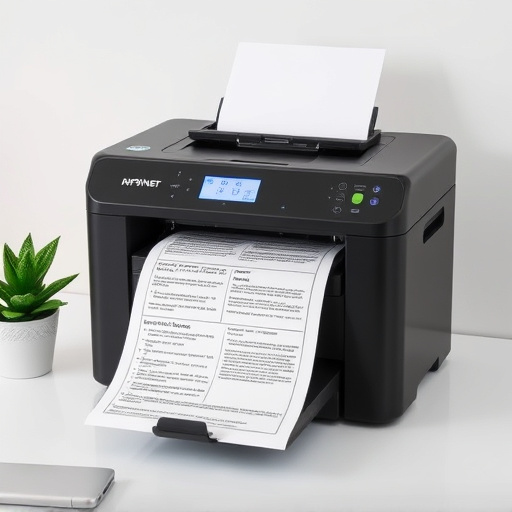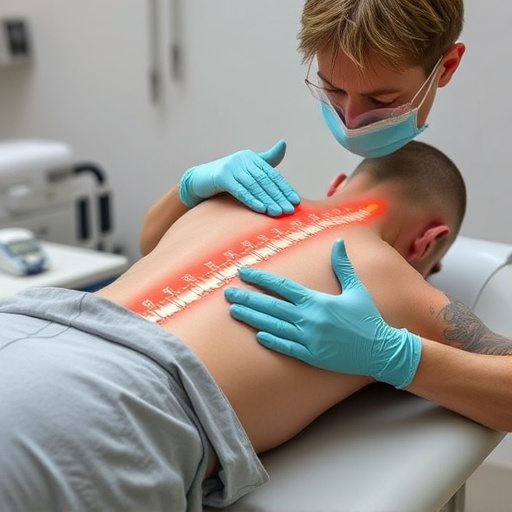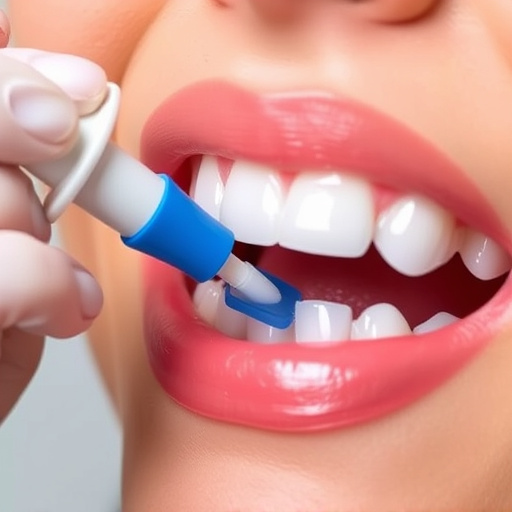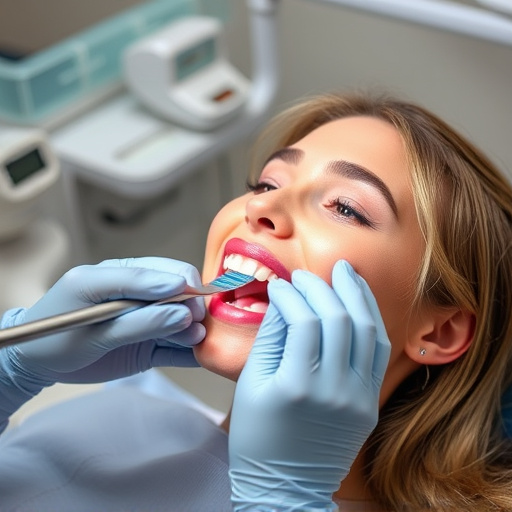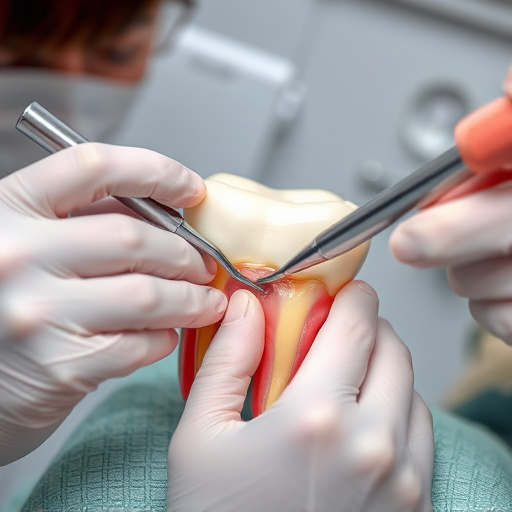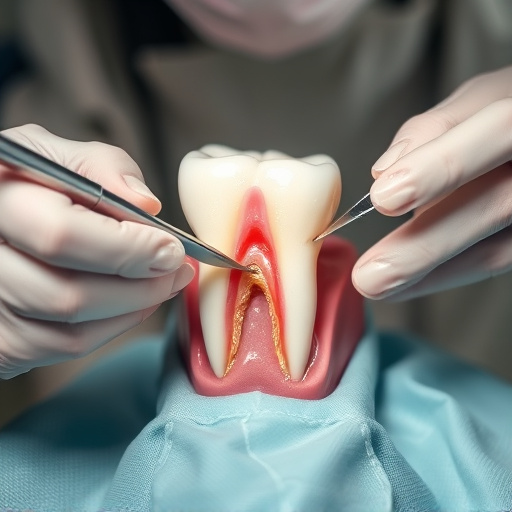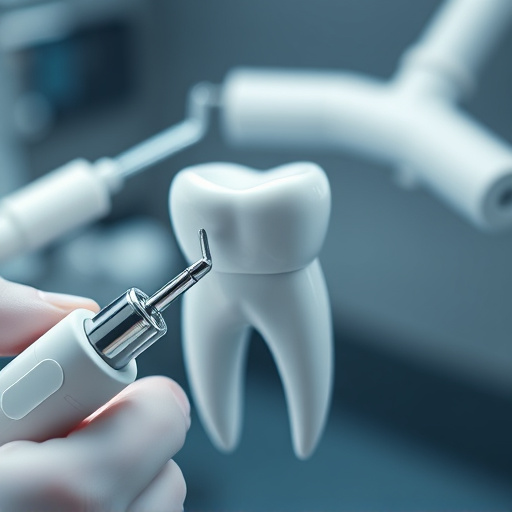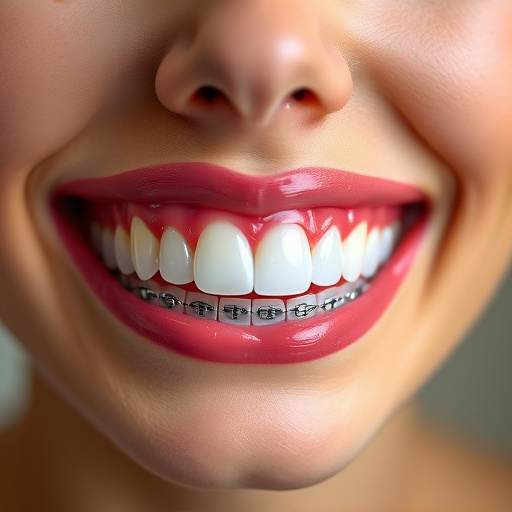A Spanish-speaking dentist is an invaluable asset in diverse communities, breaking language barriers and fostering trust with patients who share their first language. They offer personalized oral hygiene guidance, procedure explanations, and paperwork assistance, leading to improved outcomes and higher satisfaction for all dental procedures, from cleanings to advanced treatments like clear aligners. Clear communication ensures accurate diagnoses and effective treatment plans, benefiting bilingual individuals and families with children, and is crucial for emergency dental care and procedures like dental implants.
A Spanish-speaking dentist plays a vital role in enhancing patient experiences, especially within a diverse community. Breaking language barriers is key; effective communication ensures patients from various linguistic backgrounds feel included and understood. By offering personalized care, adapting dental services, and cultivating cultural sensitivity, these dentists foster trust and rapport. This article explores strategies to create a welcoming environment, emphasizing the benefits of empathetic communication that lead to increased patient satisfaction and loyalty.
- Breaking Language Barriers: The Role of a Spanish-Speaking Dentist
- – Understanding the importance of language accessibility in healthcare
- – Benefits for patients from diverse linguistic backgrounds
Breaking Language Barriers: The Role of a Spanish-Speaking Dentist
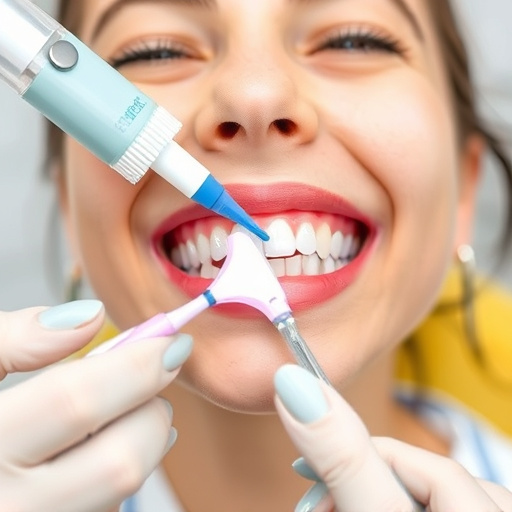
Breaking Language Barriers: The Role of a Spanish-Speaking Dentist
In today’s diverse communities, a Spanish-speaking dentist plays a pivotal role in enhancing patient experiences. Language barriers can often create a sense of unease and anxiety for many patients, especially those who are new to a region or struggle with English proficiency. When a dentist speaks the same language as their patient, it fosters an environment of comfort and trust. This simple yet powerful tool enables clear communication, ensuring that every patient receives personalized care tailored to their specific needs.
A Spanish-speaking dentist can provide much more than basic translation services during dental appointments. They can offer guidance on oral hygiene practices, explain procedures in a language the patient understands, and even assist with filling out paperwork. Moreover, for patients interested in cosmetic dentistry or orthodontic treatments like clear aligners, having a dentist who shares their linguistic background facilitates discussions about goals, expectations, and aftercare instructions, leading to better outcomes and higher satisfaction levels.
– Understanding the importance of language accessibility in healthcare

In today’s diverse society, ensuring language accessibility in healthcare is paramount to providing quality patient care. For dental practices, this means catering to a wide range of patients who may face barriers when communicating in English. A Spanish-speaking dentist plays a pivotal role in bridging this gap and significantly enhancing the patient experience. By offering services in Spanish, dentists can create an inclusive environment, fostering trust and ensuring every patient receives clear, understandable information about their oral health.
This accessibility is especially crucial for various procedures, from routine teeth cleaning sessions to complex treatments like clear aligners and preventive dentistry. When patients understand the process and have their concerns addressed in their native language, they are more likely to adhere to treatment plans, leading to better outcomes. Thus, a Spanish-speaking dentist not only caters to a specific demographic but also contributes to improved oral health within the community.
– Benefits for patients from diverse linguistic backgrounds

For patients from diverse linguistic backgrounds, a Spanish-speaking dentist offers numerous benefits that can significantly enhance their overall experience. Communication barriers often pose challenges in healthcare settings, but when a provider shares a common language, it fosters trust and understanding. This is especially crucial for ensuring accurate diagnoses and effective treatment plans, as nuances in language can influence how patients describe their symptoms or express concerns.
Having a Spanish-speaking dentist means better access to care for bilingual or Spanish-dominant individuals, including many families with children who may be more comfortable discussing their dental health in their primary language. This is particularly relevant in the context of children’s dentistry, where early and regular checkups are vital. Moreover, patients requiring emergency dental care or considering procedures like dental implants can benefit from clear communication throughout the process, leading to better outcomes and a smoother journey.
A Spanish-speaking dentist plays a vital role in enhancing patient experiences, particularly in communities with diverse linguistic backgrounds. By breaking language barriers, these dentists ensure that every patient receives clear communication and quality care. This accessibility not only improves understanding but also builds trust, leading to better oral health outcomes for all. Incorporating a Spanish-speaking dentist into your healthcare network can significantly enrich the overall patient experience.
